
Floral-base fragrance are ladies’ favorites, usually arranged as the ‘middle tune’. Floral-base fragrances belong to the most massive fragrance family in the world of perfume with a huge variety for you to choose from. Floral-base oils can be divided into 2 major kinds, one of which is single floral scent (simply using one specific kind of flower without any spice mix), such as roses, jasmine, lily of the valley, lilac, etc.
This kind of single scent fragrance is also known as ‘linear incense’. The other kind is those containing many different floral scents, complimenting each other to give a complex scent.
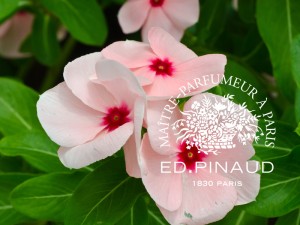
Geranium
Geranium is commonly known as ‘rose for normal civilians’. Geranium essential oil is extracted from its flowers, leaves and branches through vapour extraction. This oil is very beautiful with a pale green colour and its scent can also be described by pale green as well. Geranium essential oil can bring a sense of safety and comfort; it can boost your spirit and encourage people to express themselves. When it is used to make incense or perfume, it can even resolve grief and other negative emotions. It can be mixed with bergamot, basil, rosemary, rose, wild orange, sandalwood, lemon, patchouli and lavender, etc.
Country of origin: Repoblikan’i Madagasikara
Extraction method: Distillation
Extraction parts: flowering top
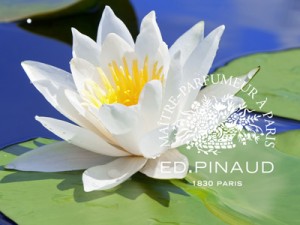
White Water Lily
Water lilies grow best under strong sunlight in a nice and airy environment, best with young trees on the pond shore. Although they can blossom, the growth is rather weak. They do not have strict requirements on the soil condition. They blossom during the day, and close in the evenings. The roots of water lilies are rich in starch, edible or can be used for wine-making. The whole plant can be used as green manure; its rhizome is edible or can be used for medicinal purpose. The roots can also be used as medicine (as a tonic agent or astringent).
Country of origin: China
Extraction parts: flowers
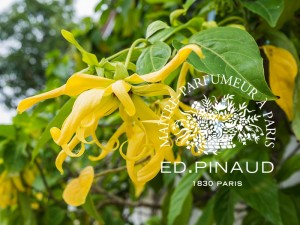
Ylang
Ylang (also known as perfume tree, Ylang Ylang) is a kind of plant belonging to the genus of Annonaceae Guatteria, native to Southeast Asia (Java, Malaysia and the Philippines). Distributed in Indonesia, the Philippines, Taiwan, Myanmar, Malaysia and mainland China’s Guangdong, Sichuan, Yunnan, Fujian and Guangxi, this plant is usually grown in the tropical regions. Currently they have been grown by artificial cultivation. Fragrance essence can be extracted from the plants, known as the world-renounced ‘Ylang’ essential oil, which is used to produce fine fragrances.
Country of origin: China
Extraction method: Distillation
Extraction parts: flowers
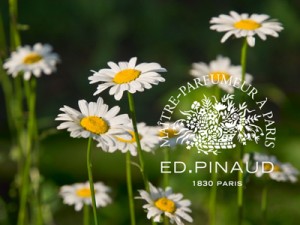
Chamomile
Chamomile has been known as ‘the doctor of plants’ since ancient times as they can cure diseases of nearby vegetation. It means in Greek ‘apple from the ground’. In the ancient time, chamomile was widely used to treat diseases. At the same time, with the use of beautifying and making hair shiny, it has been used as an ingredient to make shampoo for many years. The extracted oil is deep blue in colour.
Country of origin: Germany
Extraction method: Distillation
Extraction parts: flowers
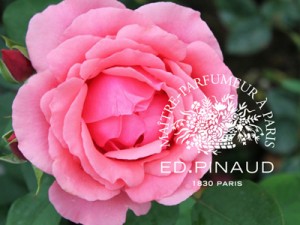
Red rose
Red rose is the national flower of Bulgaria. Rose flowers are edible food ingredients used in making preserves, pastries and other foods. The simple processing method is to put the fresh flowers on the mat for heat removal, followed by rubbing off the calyx, stamen and stalk; and then discarding them through a dustpan. The flower petals are then set in baskets, and rubbed with added sugar (one kg of flower petals with one kg of sugar). After the flowers have been rubbed into dough, the opening of the loaded basket is sealed with paper, and the dough will be used for flavouring when making cakes. It can also be used for smoking tea leaves, brewing wines, or mixing with icing sugar and black plum to make rose sauce. After being put under the sun and sealed inside magnetic bottles, the colour and scent do not change a bit even after years and you can use it anytime you like. It can also be used to make textiles pack or sachets with more outstanding effect compared to other flowers. It is relatively easy to grow red roses. There was a young farmer who grew 6,000 rose bushes in only 5 mu of land; eight months later he harvested nearly 600 kg of fresh flowers and 800 kg of seeds, with net income amounting to more than eleven hundred yuan. If they can expand the acreage or produce their own rose products, it would have been even more cost-effective.
Country of origin: Chile
Extraction method: Distillation
Extraction parts: flowers
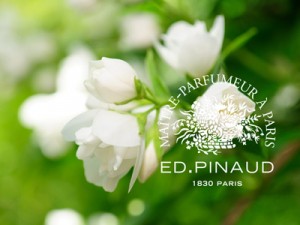
Jasmine
Jasmine is a collective name for Oleaceae Jasmine, an evergreen shrub or lianas. Jasmine is white in color with rich aroma, and is the most common aromatic potted flowers. The most famous species is the Jasminum sambac (usually known as Jasmine). The flowers, leaves and roots of Jasmine can be used as medicine or for making tea. The main raw material of the famous jasmine tea is the flower petals. Jasmine can cure exogenous fever, upset stomach, bloating and diarrhea. The aromatherapy using its essential oils can bring the following effects: antidepressant, sterilization and tranquilising. This is helpful when dealing with anxiety or mood swings. It is also good for skin and scalp.
Country of origin: Indiaa
Extraction method: Original essence
Extraction parts: Flowers
Share :
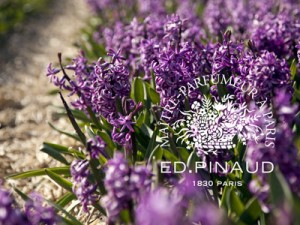
Hyacinth
Hyacinth grows best in warm and humid environment in winter, but prefers cool and dry places with sufficient sunlight or partly shady environment in summer. They are best grown in fertile and well-drained sandy soil loam. Avoid too wet or heavy clay soils. The bulbs of hyacinth have a habit of hibernation in summer, rooting in autumn and winter; and sprouting in early spring. Flowering in March, the plants wither in early June.
Country of origin: France
Extraction method: Enfleurage
Extraction parts: Whole plants
